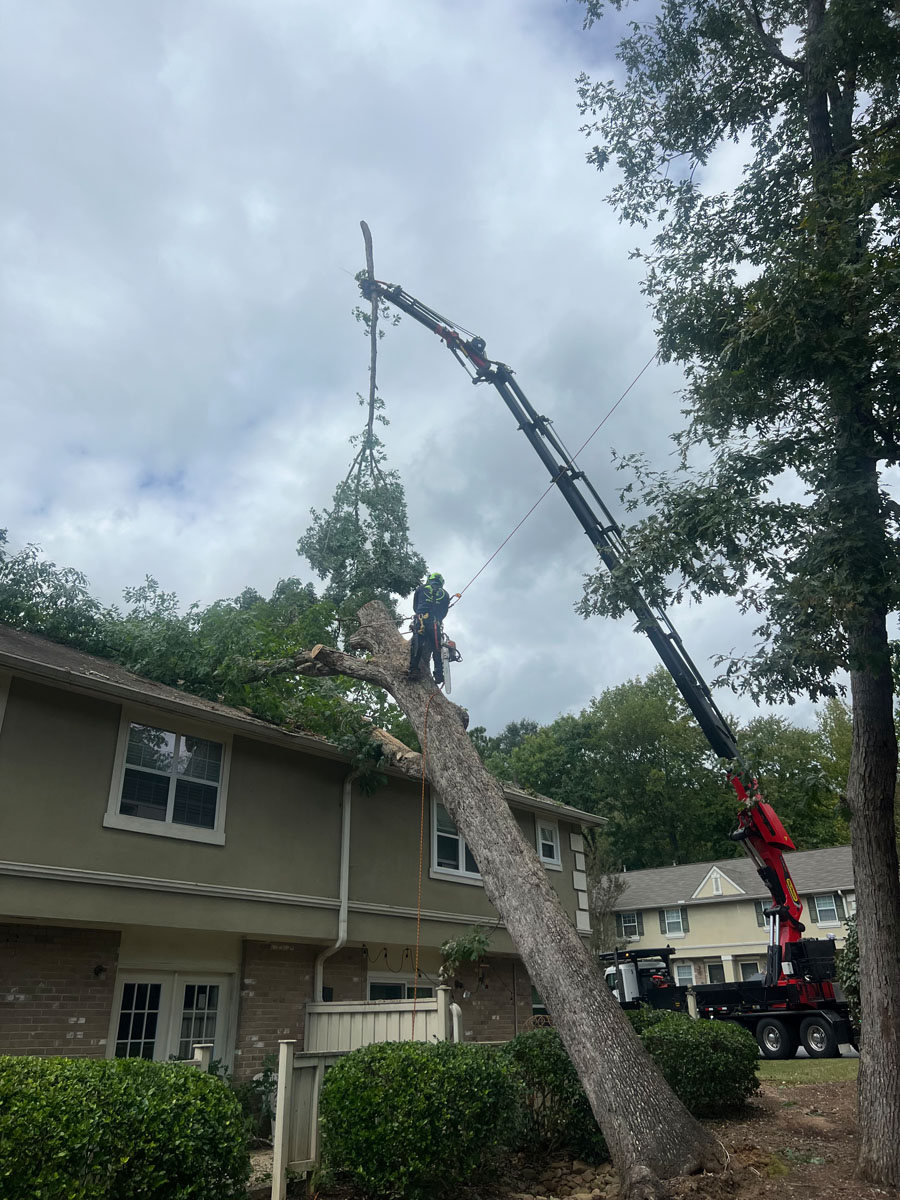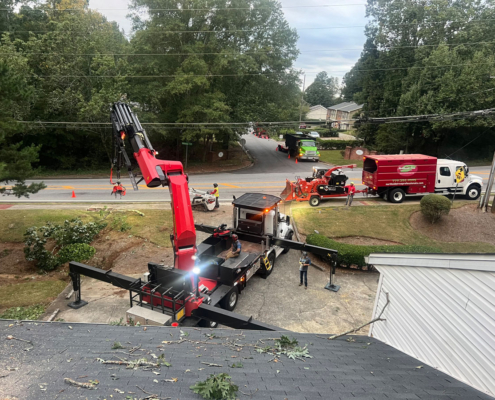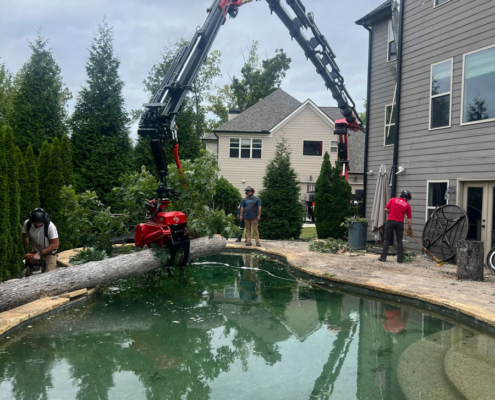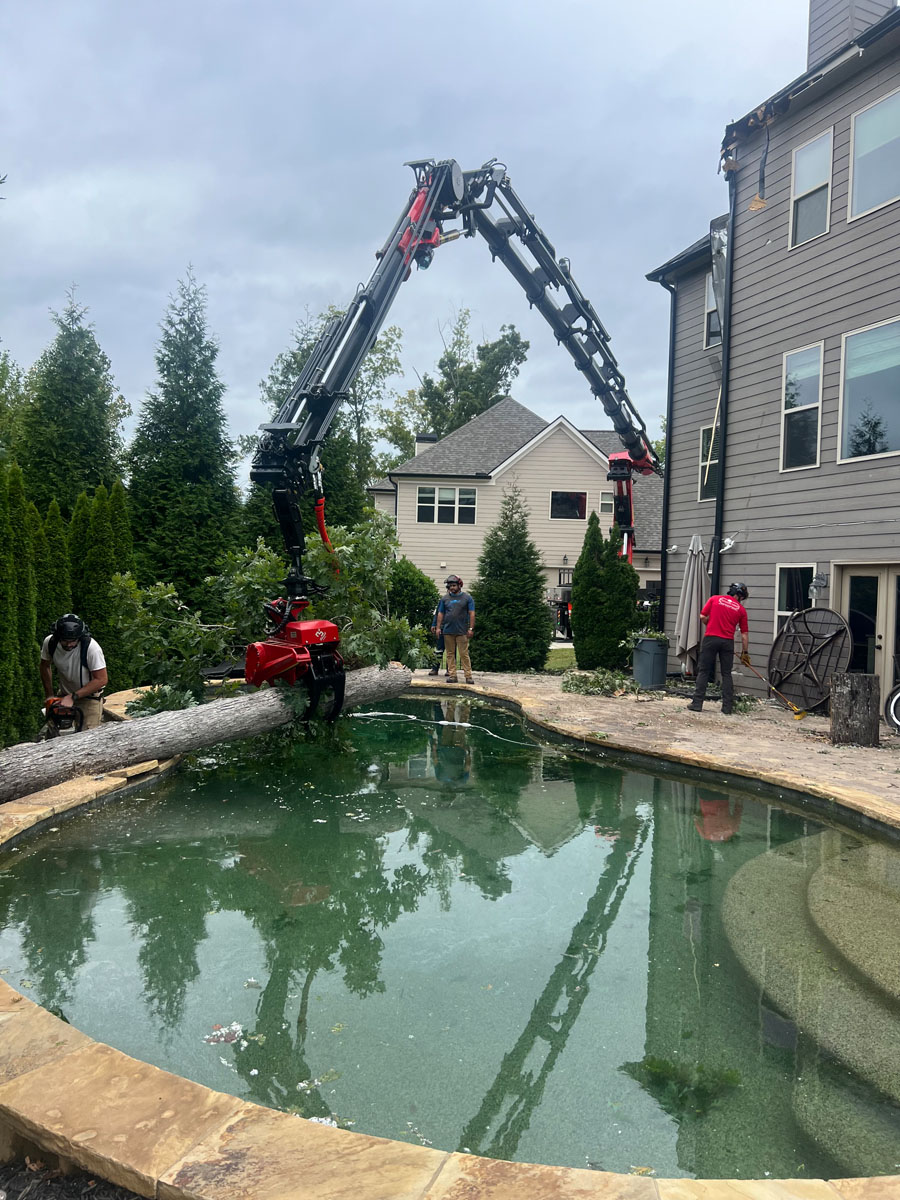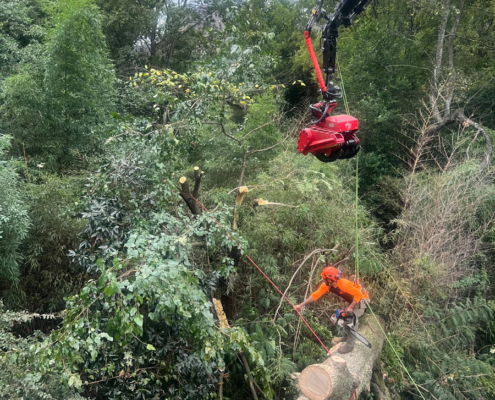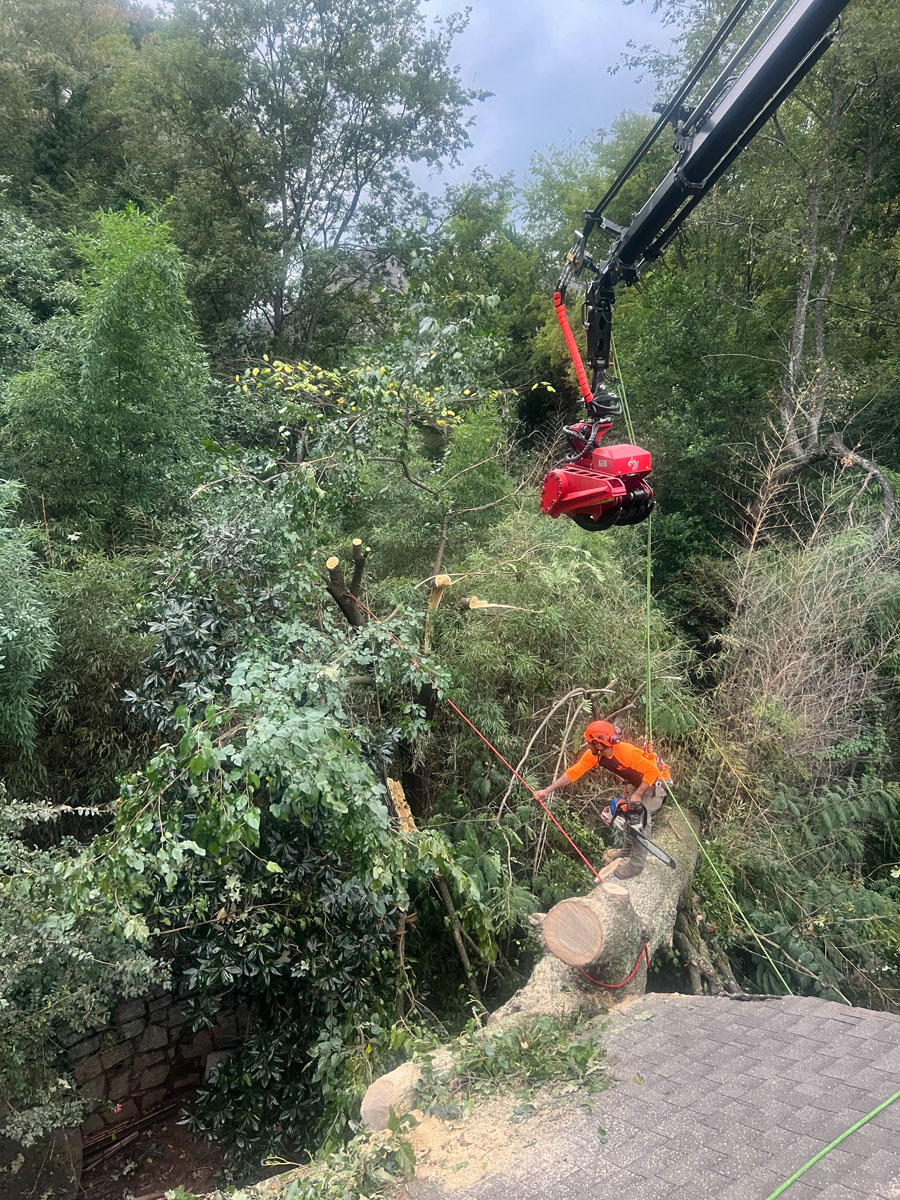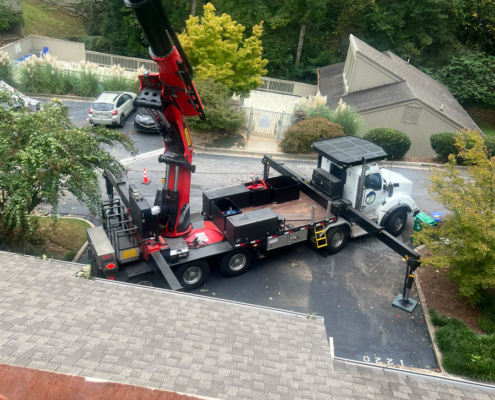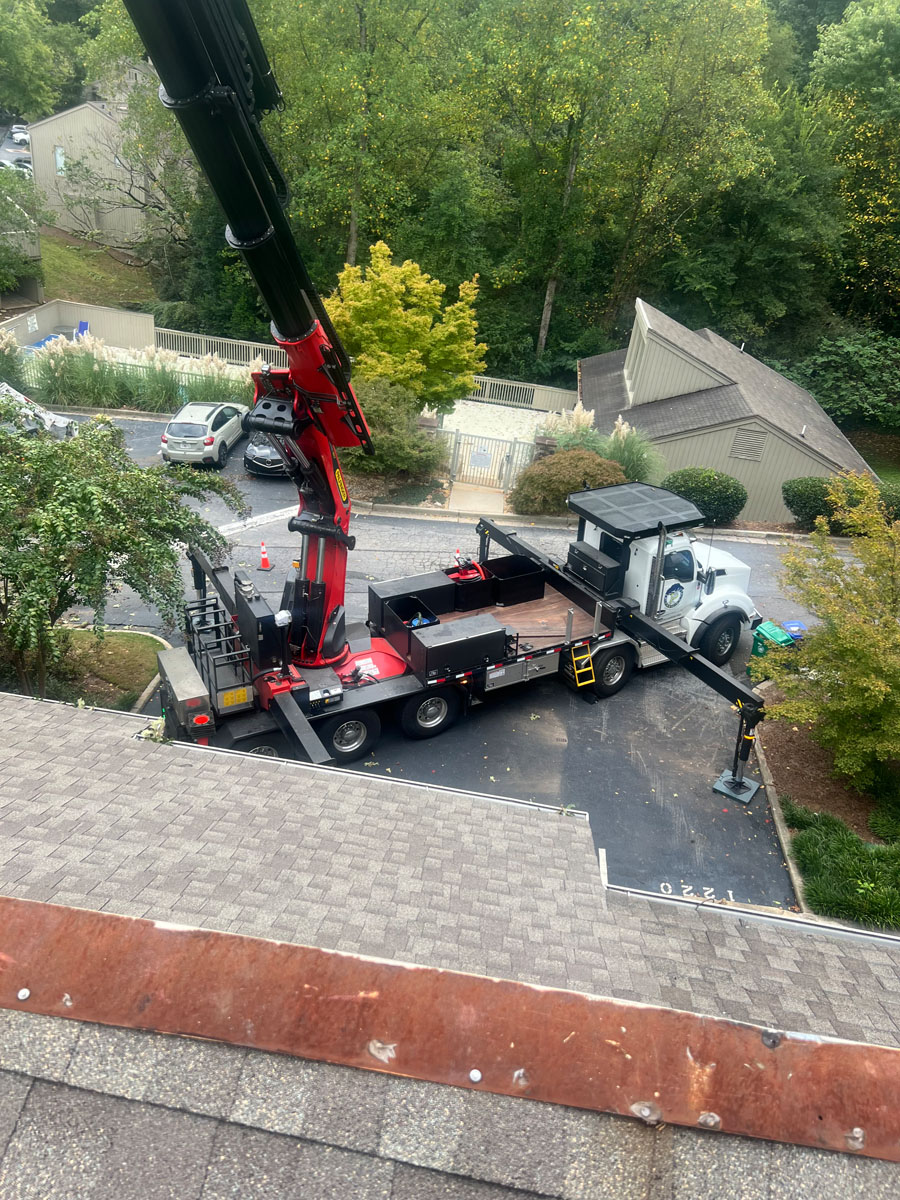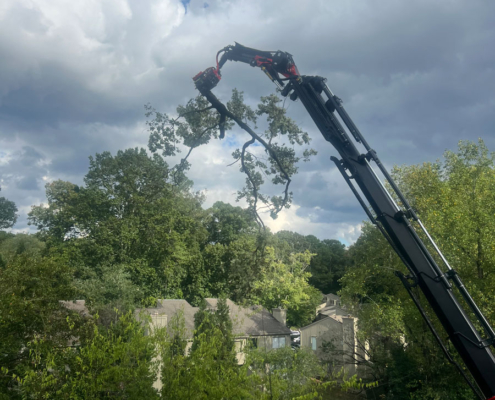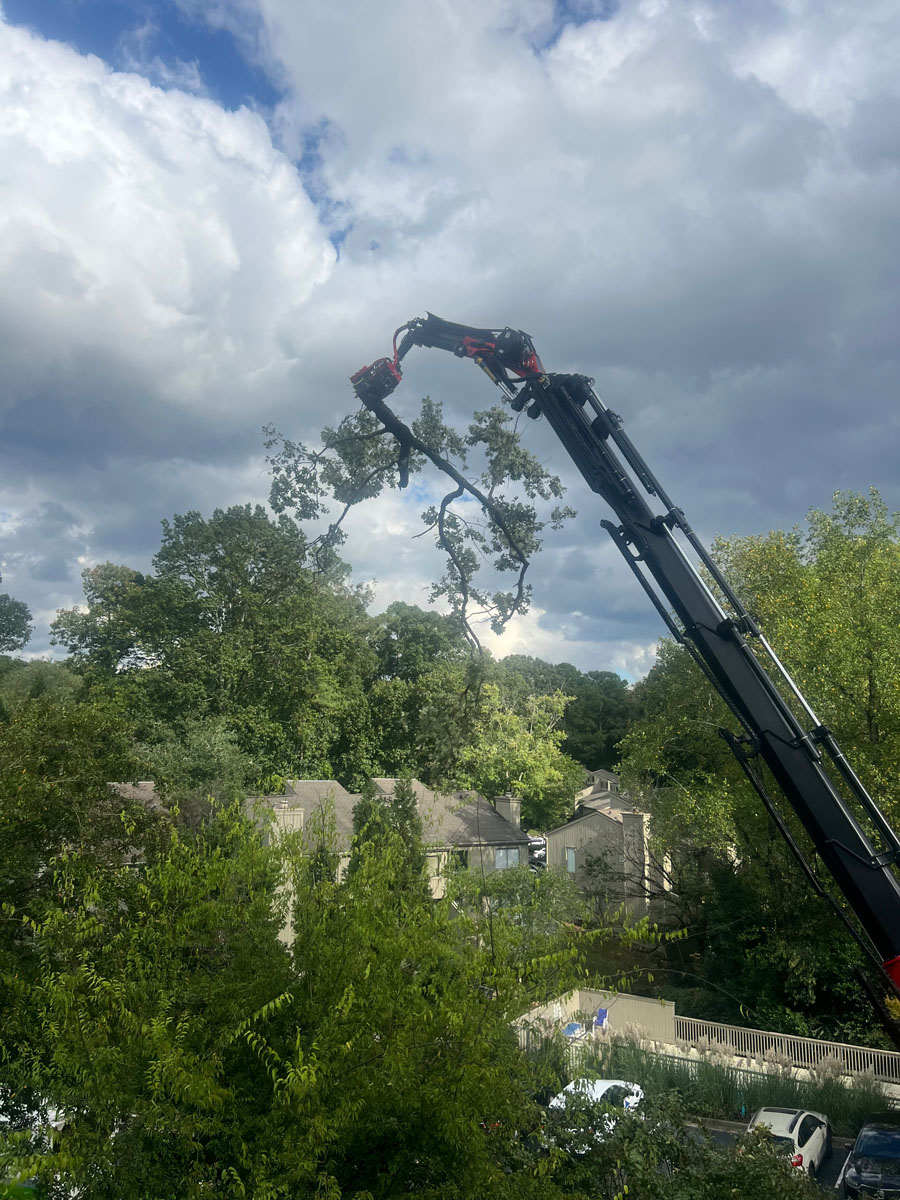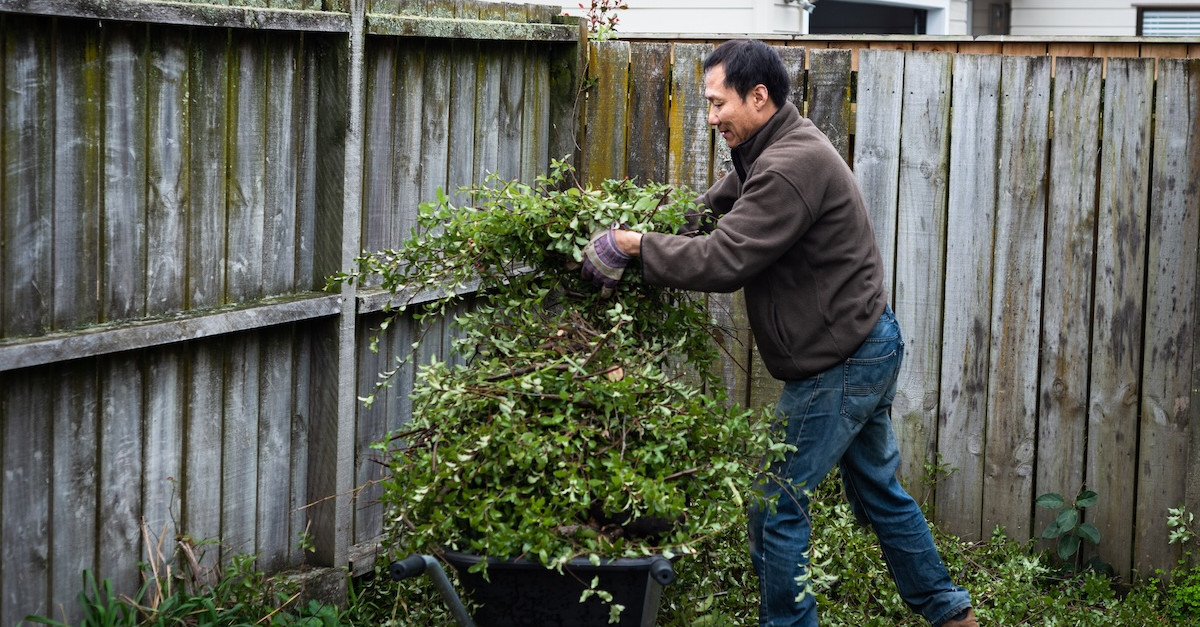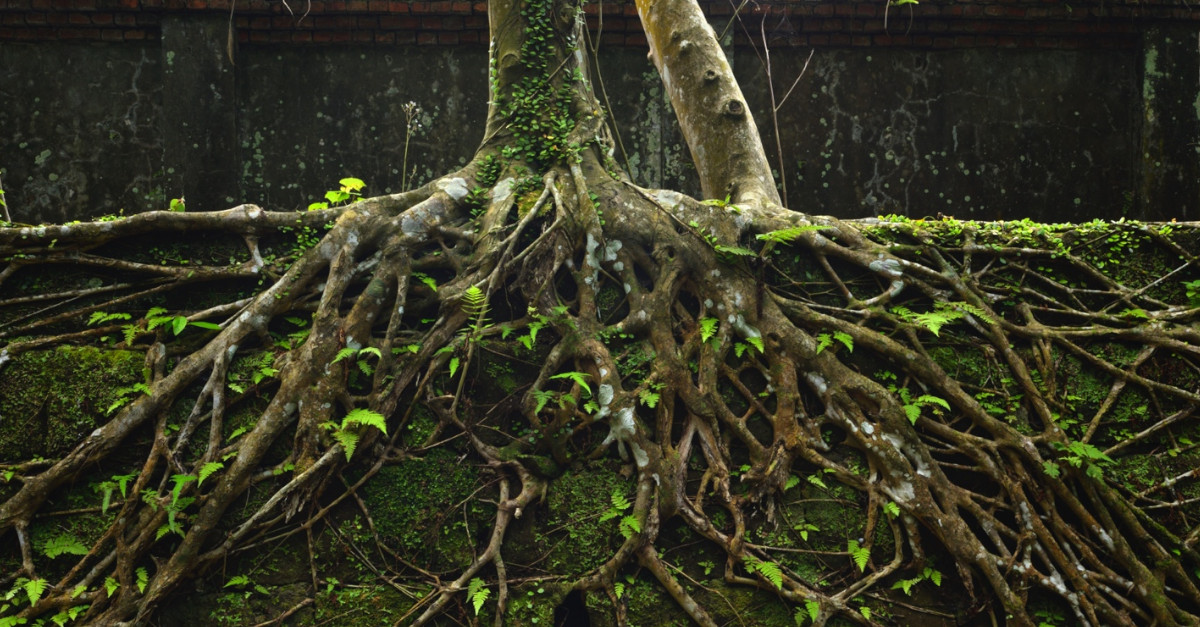Five Ways to Show Your Trees Some Love This Valentine’s Season
Unless you’re a squirrel, bird, or beaver, trees may not be the first thing that leap to mind when you think of love, but they’ve certainly been the subject of adoration among many poets, painters, and other artists throughout history. And while we may be biased, we think English artist Reverend William Gilpin was onto something when he said, “It is no exaggerated praise to call a tree the grandest, and most beautiful of all products of the earth.”
From shade to sustenance, fresh air to flowering canopies, trees shower us with love in their own ways year-round. As Valentine’s Day approaches, here’s how we can return the favor.
Five Tree Care Tips for Valentine’s Day
Check for Pests
No, we’re not talking about love bugs (they’re unlikely to cause tree damage). Now is the time of year to look for signs of pests that can cause bark damage, stunted growth, and defoliated branches. Beetles, borers, and other insects may not be active this season, but they’ll leave behind hints like pinholes and egg masses. Break up with any bad bugs before spring arrives with a targeted treatment, such as a dormant oil spray.
Watch for Winter Damage
Don’t let the cold, harsh winter break your heart — or damage your beloved trees. Ahead of a particularly harsh cold snap, protect young saplings by wrapping them in breathable fabric. Burlap works best, but even a set of old sheets will do in a pinch. Just be sure coverings are loose enough to allow air to pass through, and remove them once warm weather returns.
Make Use of Mulch
Surround your trees with a layer of love by mulching a three- to ten-foot radius around their base. Not only does it serve as a layer of insulation to protect root systems, but it also hinders weed growth and locks in moisture. Feel free to lay it on thick: A covering that’s two to four inches deep will work best.
Treat Them to a Drink
Before toasting to your loved one and clinking glasses this V-Day, check to see if your trees need a drink, too. Especially young or newly planted trees may need water during dry spells. You can assess moisture levels in the surrounding area using a soil probe, but a screwdriver or stake will work, too. If the tool slides in easily, there’s likely adequate moisture. If the soil is dry, water near the tree’s base until the ground is damp, but not flooded.
Prune to Prime for Spring
If there’s only one act of TLC you can show your trees this season, make this your priority. Pruning eliminates dead, diseased, or damaged branches before they create more issues. It also allows for shaping to encourage a desired growth pattern just in time for spring. And although we’ve said it before, just like “I love you,” it bears repeating: Winter is the best time of year for pruning. Dormant trees are better able to withstand cuts, and having little to no leaf coverage makes for a cleaner workspace.
While you may find pruning small trees and shrubs manageable enough to handle on your own, be sure to call in the pros for mature trees. Not only is there a precise science to proper pruning, but larger trees introduce safety hazards.
Schedule a Service With Premier Tree Solutions
Allow our team of arborists to help give your trees all the love they need to thrive for years to come. From tree pruning to trimming, Premier Tree Solutions is well-equipped to handle all of your tree care needs. Request an estimate online or by calling 404.252.6448.


